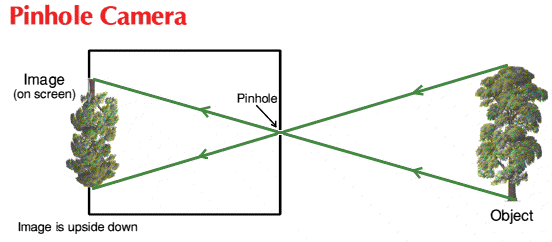
Photography
A pinhole camera is a simple optical imaging device in the shape of a closed box or chamber. In one of its sides is a small hole which, via the rectilinear propagation of light, creates an image of the outside space on the opposite side of the box.

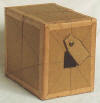
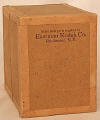 Eastman Kodak Pinhole
Camera, circa 1930
Eastman Kodak Pinhole
Camera, circa 1930

 http://www.camerahacker.com/EOS_Pin-Hole_Lens/index.shtml
http://www.camerahacker.com/EOS_Pin-Hole_Lens/index.shtml
![]()
![]()
![]() http://www.tortuga.lu/anglais/1_description.htm
http://www.tortuga.lu/anglais/1_description.htm
http://www.kodak.com/global/en/consumer/education/lessonPlans/pinholeCamera/pinholeCanBox.shtml
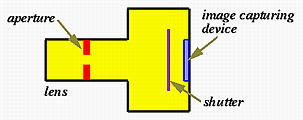
We begin with a light tight box to hold the film and carry it around from subject to subject.
The shutter controls when the light enters the camera and for how long it enters. A good camera will have some way of adjusting the time the shutter is open plus there has to be some type of release for the shutter.
The lens lets in light. The larger the lens the more light. The lens also effects how large the image appears based on the focal length of the lens.
The aperture is located in the lens and is a set of leaf like piece of metal that can change the size of the hole that lets in light. We consider the lens to be part of the shutter as we do not actually need a lens to focus an image if we have a small enough hole to let in the light.
Aperture
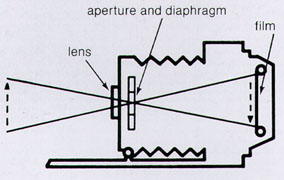
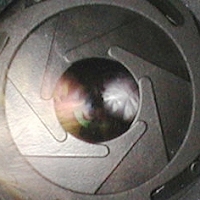
Aperture refers to the camera's adjustable opening (also known as a diaphragm or iris) that allows light to reach the camera's sensor (or film).
You can think of an aperture in the camera as the iris in the human eye. The larger the opening, the more light can pass through. The smaller the opening, the more light is prevented from hitting the film or light sensor.
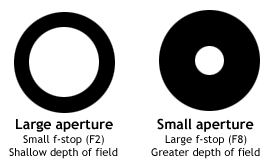
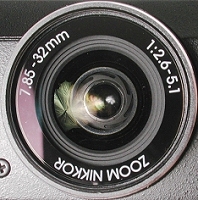
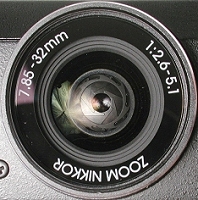
When light levels are low, objects reflect less light, resulting in objects that are difficult to discern. Maximizing (or at the very least, increasing) the amount of light that can be picked up on film or on the light sensors of the camera, is key to recording a good image.
On the other hand, when there is a lot of light, too much brightness can wash out an image, and make objects equally difficult to view.
Most cameras (digital and traditional) will automatically set aperture based on conditions, and most will allow you to manually change this for optimal results.
The size of the aperture is measured using an f-number also called the f-stop (F8, f/8, etc). The smaller the f-number, the larger the camera's opening.
The shutter on a camera controls the amount of time that light is exposed to the film. In a digital camera, the shutter speed is either controlled this way, or it can refer to the amount of time the light sensor is on before being turned back off.
For cameras that use a traditional shutter speed method, it is accomplished by two tiny metal curtains. The first curtain opens, exposing the film or light sensor. A second curtain follows behind, ending the exposure.
You may wonder why this is necessary. Well, for slow shutter speeds, it isn't. But as the speed increases, the time that it would take to open and close a single curtain would be a limiting factor.
Shutter Speeds on the common camera
1000 - 500 - 250 - 125 - 60 - 30 - 15 - 8 - 4 - 2 - 1 - B
Each speed is a fraction of a second - like 1/1000th of a second or 1/4 of a second. B stands for bulb and holds the shutter open as long as the shutter release is held down. This used to be attached to a long hose to a bulb held in the photographers hand, thus the name Bulb. Each shutter speed lets in half as much light at the none below it to allow for easier exposure calculations.
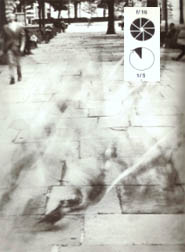
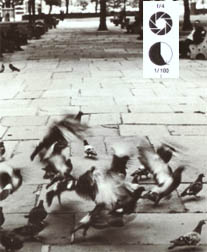
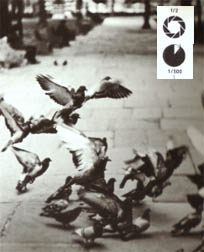
The subject of a photograph is also a consideration when selecting a shutter speed. Because the shutter speed determines the length of time in which light enters the camera, anything which is in movement requires a fast setting (unless a blur is the effect you are trying to achieve). Again, if the shutter speed is altered, the aperture needs to be adjusted as well. Do you notice that the depth of field has also been affected in the third photograph, where the aperture setting is large?
The key to an theoretical good EXPOSURE = Aperture + Shutter speed
Depth of Field
Depth of field is the amount of distance between the nearest and farthest objects that appear in acceptably sharp focus in a photograph.
A large depth of field means that a large area both in front and behind your main subject will appear sharp. A shallow depth of field implies that anything other than your main focus point will appear blurred. A smaller f-stop (F2) will create a shallow depth of field. A larger f-stop (F11) will create a greater depth of field.
A preferred selection Depth of field ("DOF") in a focused subject in an image can be quite subjective. Remember this, adequate selection of DOF for one situation, application may be unacceptable for another photographer. It is all a matter of personal preference when trying to determine the appropriate use of DOF to enhance an effect in a photograph.
When altering the aperture, the shutter speed also needs to be taken into consideration. A larger amount of light entering the camera necessitates a shorter shutter speed and a small opening requires a longer shutter speed for the same amount of light.
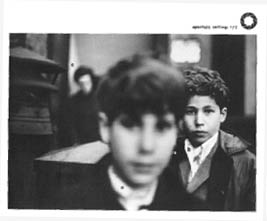
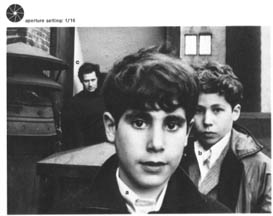
Quick Reference Guide: Depth of field is governed by three factors: aperture, lens focal length and shooting distance. Remember the following relationships:
Another characteristic of depth of field is that it is generally deeper in the background than in the foreground.